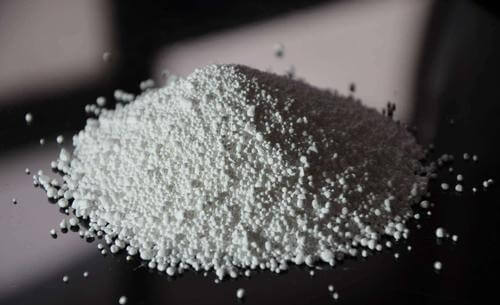Phosphorus Flame Retardant
Phosphorus-based flame retardants, as an efficient, smoke-free, low-toxic, and pollution-free flame retardant, have attracted the attention of researchers and have achieved significant achievements in synthesis and application.
This article briefly reviews the flame-retardant mechanism and application progress of phosphorus-based flame retardants in recent years. The use of new phosphorus-containing flame retardants in polyurethane, polyurethane foam, epoxy resin, polyester, and nylon are summarized here. Four applications to illustrate the recent research progress of phosphorus-containing flame retardants, such as: the application of RXP in polyurethane, the application of DEEP in polyurethane foam
Flame retardant containing phosphorus for plastics
Flame retardant containing phosphorus in the chemical composition. The metaphosphoric acid generated during combustion is polymerized and covers the surface of the plastic, which acts as a barrier against oxygen and combustibles, thereby achieving a flame retardant effect. Commonly used are tris(2,3-dibromopropyl) phosphate, tris(monochloropropyl) phosphate and so on. It can be used for flame retardant materials such as polyurethane, phenolic and polyester.
Flame retardant principle
Elemental phosphorus is flammable, but in the resin, the action process of red phosphorus and other phosphorus-containing additives is not simply oxidation. Phosphorus-containing additives mainly act in the condensed phase. The flame retardant mechanism is:
First step
The formation of phosphoric acid is used as a dehydrating agent and promotes the formation of char. The formation of char reduces the heat transfer from the flame to the condensed phase.
Second step
hosphoric acid can absorb heat because it prevents the oxidation of CO to CO2 and reduces the heating process.
Third step:
A thin glassy or liquid protective layer is formed on the condensed phase, thus reducing the diffusion of oxygen and the heat and mass transfer between the gas phase and the solid phase, inhibiting the carbon oxidation process, and reducing the heating of the phosphorus-containing flame retardant The decomposition takes place as follows:
Phosphorus flame retardant → phosphoric acid meta → phosphoric acid → polymetaphosphoric acid.
Polymetaphosphoric acid is a stable compound that is not volatile and has strong dehydration properties. It is isolated from the air on the polymer surface and absorbed water vapor. A large amount of heat causes the flame retardant on the polymer surface to decompose and release volatile phosphides. Mass spectrometry analysis shows that the concentration of hydrogen atoms is greatly reduced, indicating that PO·captures H·, that is, PO·+H·=HPO.
Economic advantage
Halogen-free, low-smoke, and low-toxic environmentally friendly flame retardants have always been the goal that people are pursuing. A lot of effort has also been invested in the development of flame retardant materials. According to analysis, the main varieties of halogen-free flame retardants are phosphorus-based flame retardants and inorganic hydrates. Phosphorus-based flame retardants mainly include red phosphorus flame retardants.
Among the phosphorus flame retardants, red phosphorus may have the best flame retardant effect and the highest flame retardant efficiency, because red phosphorus is theoretically a complete phosphorus element, and the phosphorus content can reach 100%, although the phosphorus content after coating has decreased. it is still much higher than other phosphorus compounds. In addition, the coated red phosphorus has moisture absorption and processing thermal stability, and is more convenient for storage and transportation. Therefore, red phosphorus is currently the only thermoplastic material in the phosphorus series of flame retardants. The most widely used.

